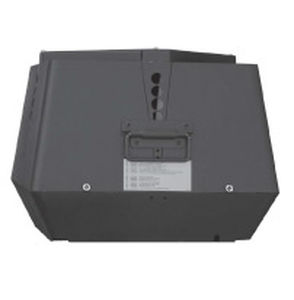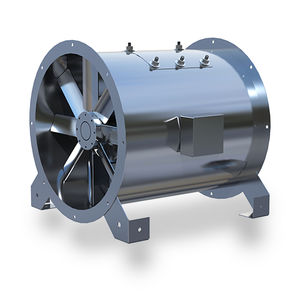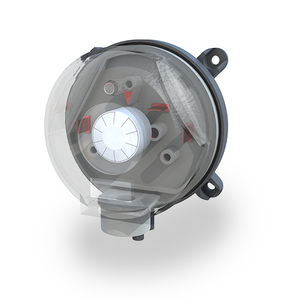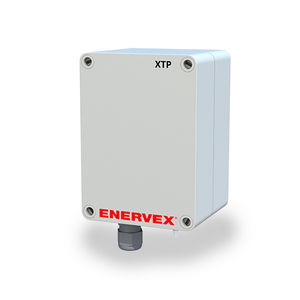
Circular air damper SMDS

Add to favorites
Compare this product
Characteristics
- Options
- circular
Description
The Sealed Modulating Damper System (SMDS) maintains a required pressure (negative or positive) for a common chimney or at individual appliance connector(s). It can be used with Category I, II, III & IV heating appliance systems.
The system consists of an ADF Damper with high-pressure and high-temperature sealed bearings. The damper blade is positively sealed with an extremely durable, temperature, pressure and condensate resistant graphite gasket. It protects the boiler connectors from flue gas recirculation when used in a common vent system.
The unique damper design prevents condensate from pooling above the damper and the possibility of a slug of condensate flushing into the appliance at start-up.
The damper is controlled by an EBC24 Draft Controller that interlocks with the heating appliance(s) and controls the pressure using a bi-directional XTP3 Pressure Transducer. The controller can be installed on the damper itself or remotely on a wall or in a boiler control, as it is prepared for DIN rail mounting.
An industry-first solution eliminates the possibility of condensate build-up in the tubing between the pressure sensing stack probe and the pressure transducer. The issue of condensate build-up in the tubing is inherent in applications designed to work under positive pressure.
The EBC24 Draft Controller is fully programmable on-site - or remotely via Wi-Fi - and has integrated Modbus protocol
The system is UL-listed and meets all requirements of NFPA54 (ANSI Z223.1), National Fuel Gas Code, IFGC, International Fuel Gas Code and IMC, the International Mechanical Code and most other relevant codes.
Catalogs
No catalogs are available for this product.
See all of EXHAUSTO‘s catalogs*Prices are pre-tax. They exclude delivery charges and customs duties and do not include additional charges for installation or activation options. Prices are indicative only and may vary by country, with changes to the cost of raw materials and exchange rates.


















